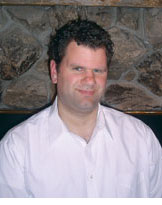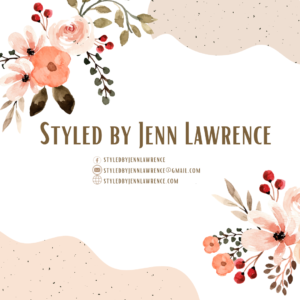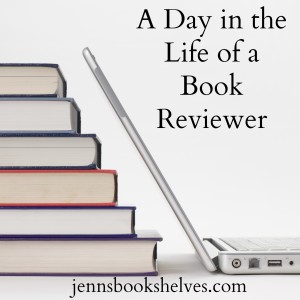I’m excited to welcome Ryan Jacobson as a guest poster today. Yesterday, I reviewed his book, Lost in the Wild, a “Choose Your Own Path” book.
 Here’s a bit about Ryan, taken from his web site:
Here’s a bit about Ryan, taken from his web site:
Ryan Jacobson is the author of 10 children’s books with several other projects in various stages of production. He lives in Mora, Minnesota, with his wife Lora and their adopted sons, Jonah and Lucas.
Ryan works as a book editor and marketing specialist for a small press, and he has extensive experience working with children, dating back to his days as a summer camp counselor. His favorite part of being an author is presenting at schools and making public appearances.
Be sure to check out Ryan’s blog, Author vs. Monster: An Epic Battle Between Good Children’s Books and Evil…
A Safe Kind of Scary
I’ve been reading Jenn’s Bookshelves long enough to know that we share a common interest: We both love things that are scary. For my part, it’s reflected in many of the books I write, from a picture book about a boy who’s afraid of monsters to a comic called Monster Ninjas. Even Lost in the Wild (which has nothing to do with monsters) has a bit of an edge to it.
So how does one do it? How does a children’s book author find the balance between “scary enough” and “not too scary”? I answered this question for myself in 2008, when I began writing about things that go bump in the night. I first defined the types of stories I wanted to write as “safe, scary books for kids.” But what does that mean exactly?
Well, I operate under the assumption that kids don’t want to be scared. Rather, they want to think they are being scared. It’s the difference between horror and suspense. It’s about writing to create feelings of uncertainty and excitement, rather than fear (i.e. a monster who chases children instead of one who eats them). Add something perceived as frightening—a vampire, a werewolf, a ghost—into a suspenseful story, and your average young reader probably thinks he or she is reading horror.
That takes care of the scary part, but what about “safe”? I should have a list of ground rules for writing a safe book, but I’m not that organized. Basically, it’s about creating an age-appropriate story. It’s an assurance to parents that my books will model positive behaviors, will have a good message and will end happily. Of course, “safe” depends on the parents (I’ve met a few who would never allow their children to read a book about monsters) and on the children. If I’m writing a scary book for kindergarteners, the monster will be cute, fluffy and silly. If I’m writing for a young adult, I don’t have to pull as many punches.
Ultimately, though, I take two major precautions before calling any of my manuscripts complete. I read what kids are reading to ensure that I’m at the right level of horror/suspense, and I show my work to four or five parents and educators. This includes my wife: a kindergarten teacher who doesn’t think kids should watch SpongeBob Squarepants. If I can get a story past her, I can be pretty sure it’s “safe.”
I’d be lying if I said I didn’t sometimes feel handcuffed by my own standards. That’s why I love writing choose-your-path stories. I can get away with things like killing off the main character (bwahahaha!) because the reader has the option of going back and finding the happy ending. Nice loophole, huh?
Thank you, Ryan, for this great guest post! One lucky reader can win a copy of Ryan’s book Into the Wild by answering the following question: What was your favorite scary book growing up?
Please answer the question in the comments below, then fill out a form, making sure it’s easy for me to connect your answer to your contact information. The winner will be announced on Friday, November 26th. Open to US & Canadian residents only, please.
Good luck!






8 Responses to Guest Post: Ryan Jacobson, Author of Lost in the Wild